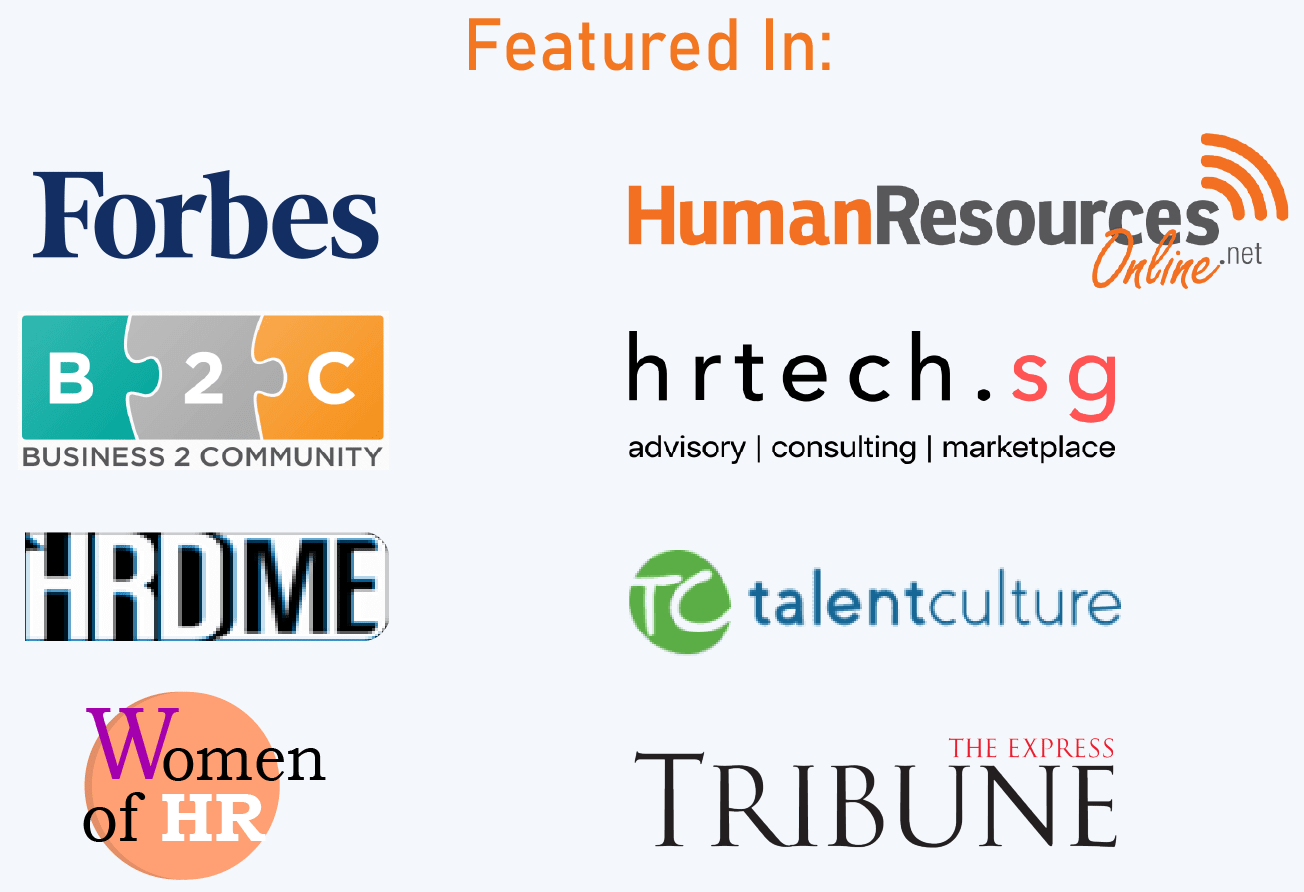We’re not out of the woods yet, but the light at the end of the tunnel is starting to become visible. As state and local governments start to loosen restrictions, companies prepare to transition their workforce back to offices. However, bringing people back to work isn’t as simple as flicking a switch. Indubitably, the workplace will never quite be the same again.
To ensure a smooth and safe return to work, companies will have to beef up their current strategies, offer flexibility and make their employees’ health, safety and well-being their top priority.
Here are some things employers should keep in mind for a successful transition back to work post COVID-19:
Embrace a hybrid work model
As we return back to the office after COVID-19, business leaders have to be prepared to incorporate new practices and new protocols. We need to embrace a new “hybrid reality” and follow an approach that is a blend of remote and in-office work.
In fact, granting employees the ability to work from wherever they are most comfortable is one of the best ways to sustain their productivity during this transitional period. A study conducted by research firm Valoir revealed that the abrupt switch to remote work in the wake of the COVID-19 pandemic had only a small reduction (1–3%) on productivity despite considerable logistical challenges, including lack of sufficient child care for working parents and inadequacy of suitable home office equipment.
Some employees may perform best from home or need to continue their remote work arrangement for medical or personal reasons. On the other hand, some employees may prefer a professional environment to work; thus they may want to return to office. So create a hybrid work model with a mix of remote and on-site workers. Consider the individual needs and circumstances of your employees and give them the flexibility to return to the office only when they are ready. Be mindful of the fact that your workers are relying on you and will remember how they were treated during this unprecedented time.
Understand what constitutes a mentally healthy workplace
The fulltime work-from-home over the past few months has blurred the line between professional and personal life like never before. While COVID-has led to an unemployment crisis, a plethora of businesses have been occupied with responding to the coronavirus and many employees have been working longer hours from home.
The pandemic has created many mental health challenges for workers, especially for the ones who had been working on-site. With many employees experiencing feelings of loneliness and isolation and facing anxieties concerning physical and financial health, the pandemic has also led to a decline in productivity and workplace burnout for some people.
As a leader, the responsibility to create a mentally healthy workplace falls upon you. Make sure your employees have access to resources needed to decompress. Talk about mental health and conduct trainings on how to navigate in these difficult times. Be sure that the benefits and resources that you offer related to mental health are also clearly communicated to your workforce so as to reduce the likelihood of burnout and job satisfaction.
Get employee feedback
It’s important not to ignore the human factor during these tough times. Your employees may have spent months working from home without any physical interaction with their colleagues. And now even when they are expected to return to the office, they must follow social distancing. It’s highly likely that these changes would be challenging to your staff.
In order to make sure you are moving in the right direction, take feedback from your employees to see what’s working and what areas require improvement. Monitor the status of safety activities across the organisation to ensure they are working fine. You may take regular and quick anonymous surveys to learn about the experience of your employees with the transition back to work.
Learn how you can take your leadership teams through a growth model which will help them mature on a personal and professional level by following me on LinkedIn and subscribing to the Keijzer Community.
Paul Keijzer is the CEO and Founder of Engage Consulting and the co-Founder of The Talent Games, which aims to transform HR by digitising talent processes and creating more engaging and productive workplaces through gamification and mobile technology. As a global HR and Leadership Management expert, Paul knows how to combine business insights with people insights to transform organisations and put them on the path to growth.



